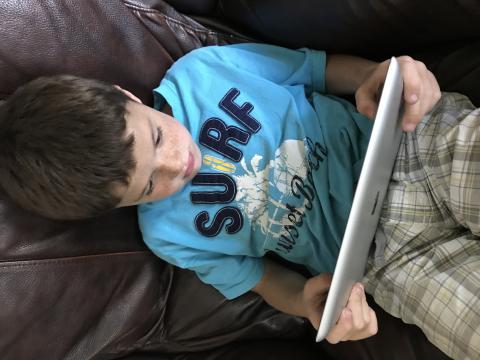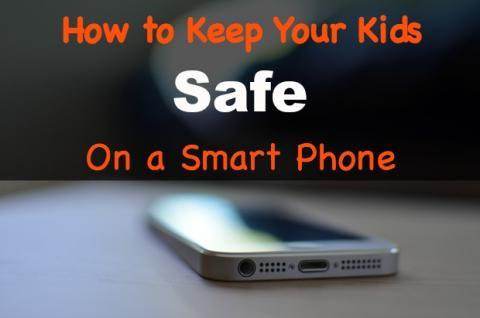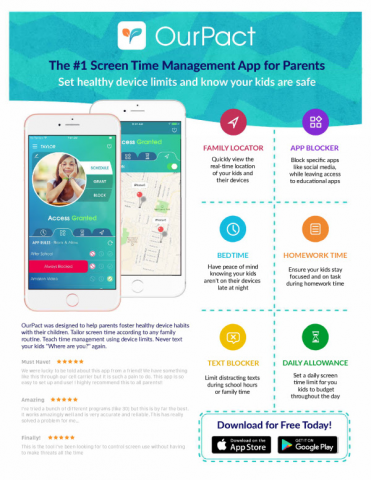





Technology has come a long way from where it used to be. Today, we can literally carry the world in our pockets with a smartphone or other device. There is vast information and entertainment contained in a smartphone which means we need to be extra cautious when handing them out to our kids. Unfortunately, this connected world poses some distinct new challenges for parents concerned with keeping their kids safe—as we all should be.
From NPR’s Audie Cornish’s article titled, “How Smartphones Are Making Kids Unhappy” we read, “Today’s teens are just not spending as much time with their friends in person, face-to-face, where they can really read each other’s emotions and get that social support. We know from research that spending time with other people in person is one of the best predictors for psychological well-being and one of the best protections against having mental health issues.”
There has been some recommended advice to put off giving your teens a smartphone as long as you can. However, once your teen does have one, there are several apps that allow parents to restrict the number of hours a day that teens are on their phone and also what time of day they use it. Also, the apps can block unwanted material from entering their smartphones as well.
Keri Richter, mother of three, said “Every night at 10:00 they turn their phones into us. They also know that we will randomly look through and check their histories. We also have all blocks on them that we can. And we’ve told them to tell us if someone texts them inappropriate or bad pictures.”
Some guidelines for keeping your kid’s safe on their smartphones or other devices:
1. Learn how to use Parental Controls
Parental controls are available on all common mobile devices and computers and many cable and satellite TV boxes.
2. Stay up to Date on the latest Trends
Follow your kids on their social media websites and stay up to date on the latest trends they’re following. Visit popular websites and see the content displayed there. Watch the shows your kids are interested in on TV and make sure it’s appropriate. Check their video game usage as well and especially the ads that pop up. These can often contain inappropriate material.
3. Teach your Kids the Value of Staying Private
Kids may not be aware to stay safe online. They need to be taught. Never allow your children to share phone numbers, addresses, first and last names, ages or birthdays. This is all personal information. Not only can predators use this information but child identity theft is also a risk.
Additionally, help your children set up privacy controls on their social media websites. Talk about with you kids and sit down with them. Twitter, Instagram, Facebook and Snapchat are popular social media sites used widely today. Make sure these sites have strict privacy settings.
4. Follow Your Kids’ Accounts Even if They Aren’t Sites You Normally Use
Friend your children on their social media accounts to keep tabs on their activity. Look for inappropriate content or unusual comments, links that may be negative or harmful in any way. Also, be leery of people you don’t recognize.
5. Keep the Flow of Communication Open
Talk to your kids about what they’re seeing online and if they’ve found anything exciting to share. Always help your kids to feel comfortable talking to you so when something pops up that is concerning they can come to you.
Above all be a safe parent and be aware of what your kids are up to with their handheld devices. Being safe is the best way to be!